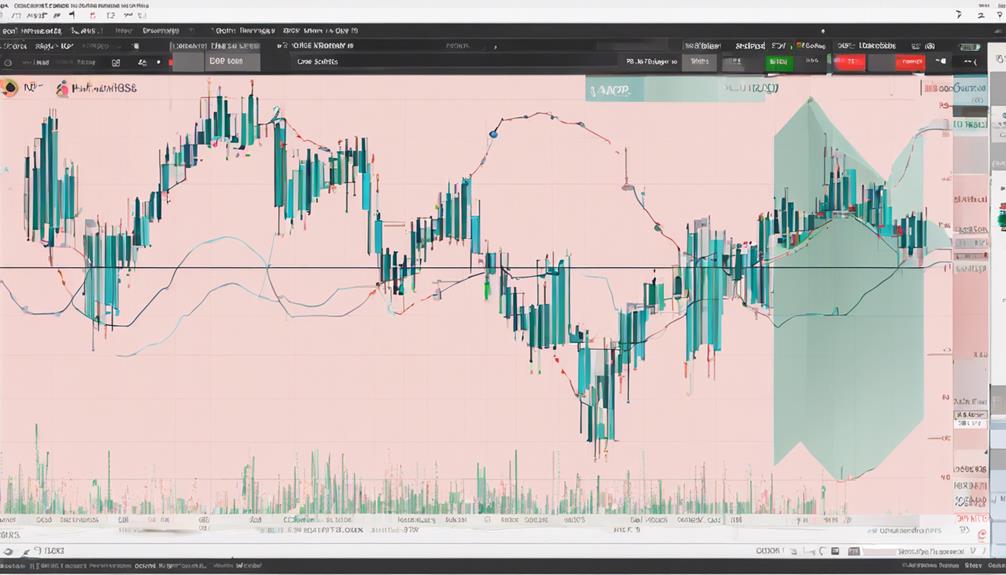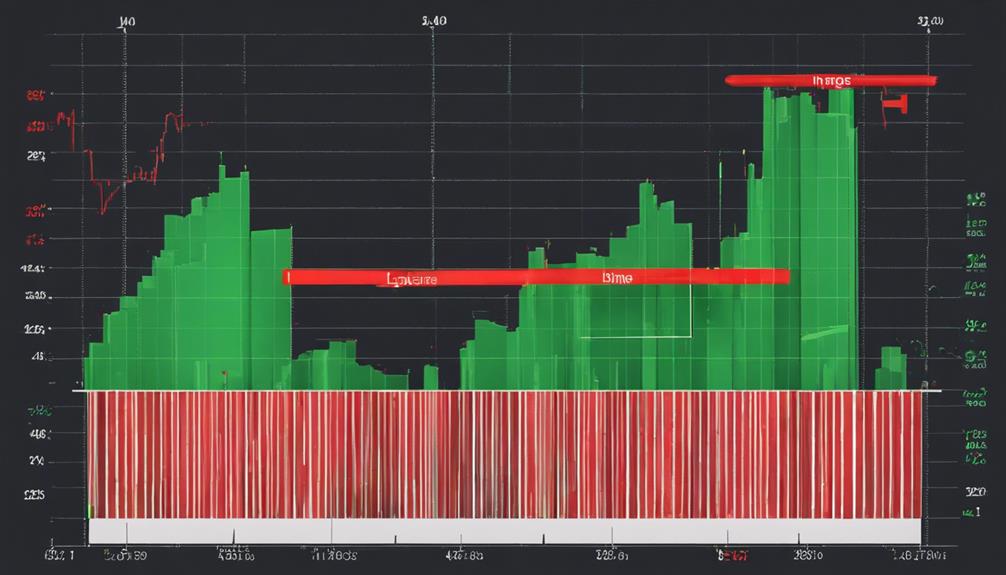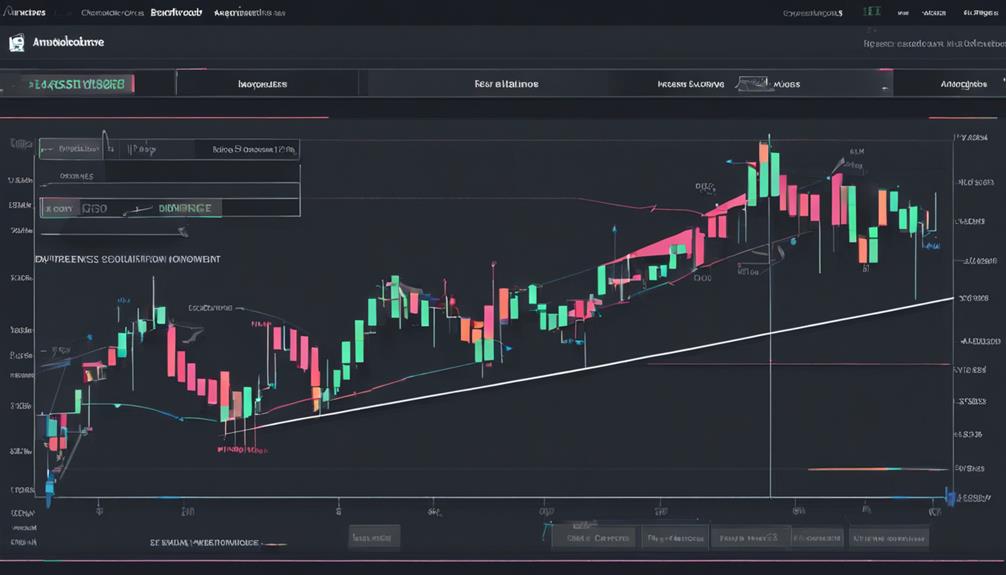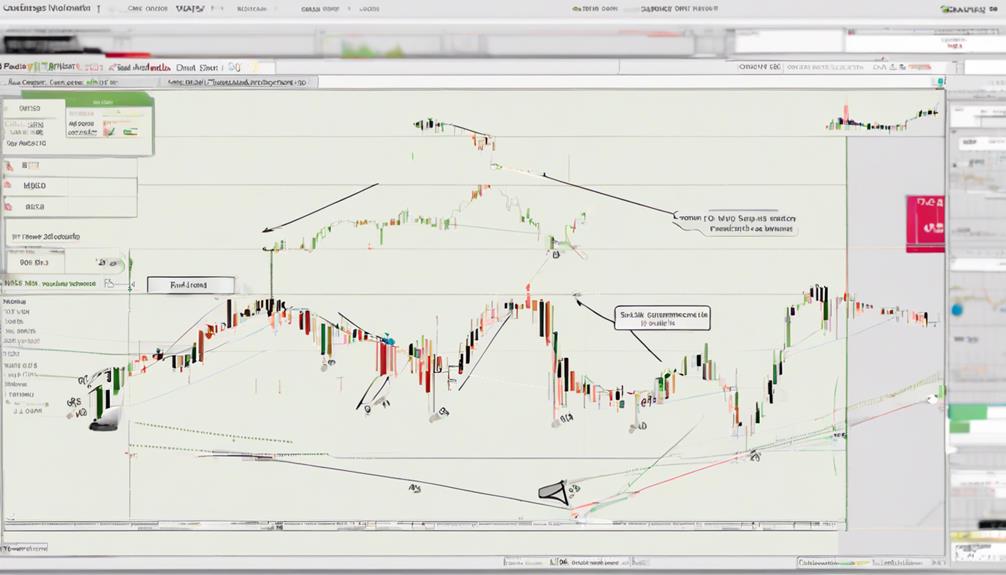Navigating the complexities of the financial markets requires a keen understanding of technical indicators like the On Balance Volume (OBV). As traders strive to make informed decisions based on market trends and volume analysis, the OBV indicator emerges as a crucial tool in deciphering market sentiment.
However, grasping the nuances of OBV goes beyond surface-level comprehension; it involves unlocking its full potential to anticipate market movements with precision. In the realm of technical analysis, mastering the art of decoding the OBV indicator can be the differentiating factor between success and stagnation in trading strategies.
Understanding On Balance Volume Indicator
The On Balance Volume (OBV) indicator is a crucial tool that integrates price and volume data to evaluate the strength of price movements in financial markets. This indicator aids traders in assessing the balance between buying and selling pressure by adding volume on up days and subtracting volume on down days.
By analyzing the relationship between price movements and volume changes, traders can use OBV to confirm trends in the market. When there is an increase in price accompanied by a rise in volume on OBV, it confirms a strong trend. Conversely, a decrease in price with declining volume may indicate a weak price movement.
Additionally, divergences between price and OBV levels can act as warning signals for potential trend reversals. Understanding how OBV reflects buying and selling pressure in relation to price movements is essential for traders looking to make informed decisions in the market based on this indicator.
Interpreting OBV for Effective Trading

Interpreting the On Balance Volume (OBV) indicator for effective trading involves analyzing the interplay between price movements and volume changes to gauge the strength and potential reversals of market trends. When delving into OBV for trading purposes, several key aspects should be considered:
- OBV as a leading indicator in technical analysis.
- The significance of positive and negative volume in OBV calculations.
- Identifying bullish divergence between OBV and price trend.
- The impact of trading volume on OBV interpretation.
- Using OBV to anticipate potential price reversals based on volume patterns.
Utilizing OBV in Technical Analysis

Utilizing On Balance Volume (OBV) in technical analysis provides traders with a comprehensive tool for assessing price trends and market sentiment. The OBV line, which integrates volume and price movement, aids in confirming the strength of a price trend. When prices rise accompanied by increasing volume, it indicates a positive trend reinforcement. Conversely, decreasing prices alongside declining volume suggest a weakening trend, as reflected in OBV.
Traders rely on OBV to validate trends, spot potential reversals, and gauge market sentiment. Bearish divergences within OBV can act as early warnings for potential price declines, making it a valuable technical indicator for traders. By monitoring the OBV line and its relationship with price movement, traders can gain insights into the money flow within a market.
However, it's crucial to note that OBV, like any technical analysis tool, has its limitations and should be used in conjunction with other indicators. Remember, OBV is a tool for analysis, not direct investment advice.
Advantages and Limitations of OBV

Drawing upon the benefits and constraints of the On Balance Volume (OBV) indicator, understanding its advantages and limitations is essential for informed technical analysis.
- Advantages:
- OBV is a cumulative indicator that helps traders track volume changes relative to price movements.
- It can provide early signals of potential price reversals or continuations, especially when accompanied by higher highs or lows on the price chart.
- Being a momentum indicator, OBV can confirm bullish or bearish trends based on volume confirmation.
- It is particularly useful in identifying the smart money's activities in the market, giving insights into institutional or significant investor positions.
- OBV can be a valuable tool in confirming the strength of a trend, especially in a trading range scenario.
While OBV offers several advantages, it also has limitations that traders should consider. It can be a lagging indicator in certain situations, potentially leading to delayed signals. Additionally, like any technical tool, OBV is not immune to generating false signals, requiring traders to use it in conjunction with other indicators for more reliable analysis.
Practical Tips for Using OBV

Consider incorporating a diverse range of technical indicators to complement On Balance Volume (OBV) for more comprehensive market analysis and decision-making.
When using the On-Balance Volume Indicator, it is crucial to pay attention to the relationship between volume and price movements. Rising volume confirming trend strength and declining volume signaling weakness are key aspects to keep in mind.
Traders rely on OBV to validate trends and anticipate potential reversals in the market. Bearish divergences, where stock prices make higher highs while OBV shows lower lows, can be indicative of a weakening trend.
By understanding OBV, traders can perform buyer commitment analysis more effectively, leading to more accurate predictions of price movements.
Incorporating OBV alongside other technical indicators can provide a more robust analysis of market trends and help traders make informed decisions.
How Can I Use the On Balance Volume Indicator Effectively?
When navigating on balance volume indicator tips, start by understanding the OBV trend. Use it to confirm price movements and identify potential trading opportunities. Look for divergence between OBV and price to anticipate trend reversals. Combine OBV with other technical analysis tools for more accurate signals.
Frequently Asked Questions
How Do You Read a Balance Volume Indicator?
To read a balance volume indicator, analyze the relationship between price movements and corresponding volume changes. Increasing price with rising volume indicates strong trend confirmation, while decreasing price with declining volume signals weak price action. Traders use OBV to validate trends and anticipate reversals.
How Do You Interpret Volume Indicator?
Interpreting a volume indicator involves analyzing the relationship between trading volume and price movements. Rising volume accompanying price increases suggests strength, while declining volume with falling prices indicates weakness. This analysis helps traders gauge market sentiment and potential trend reversals.
What Is the on Balance Volume Pattern?
The On Balance Volume (OBV) pattern integrates price and volume to evaluate price momentum. It tracks volume changes by adding on up days and subtracting on down days. OBV confirms trends with price-volume alignment and identifies potential reversals through divergences.
How Do You Read a TSV Indicator?
Reading a TSV indicator involves analyzing volume data segmented by price direction. High TSV values indicate strong buying/selling pressure, while low values suggest weak participation. Traders utilize TSV to confirm trends, spot divergences, and gauge price movement strength.
Conclusion
In conclusion, the On Balance Volume indicator serves as a valuable tool for traders in analyzing market trends and predicting potential price movements.
Like a compass guiding a ship through turbulent waters, OBV provides valuable insights into buying and selling pressure, helping traders navigate the complexities of the financial markets with greater precision and confidence.
Embracing this indicator as part of one's technical analysis toolkit can lead to more informed trading decisions and improved overall performance.
